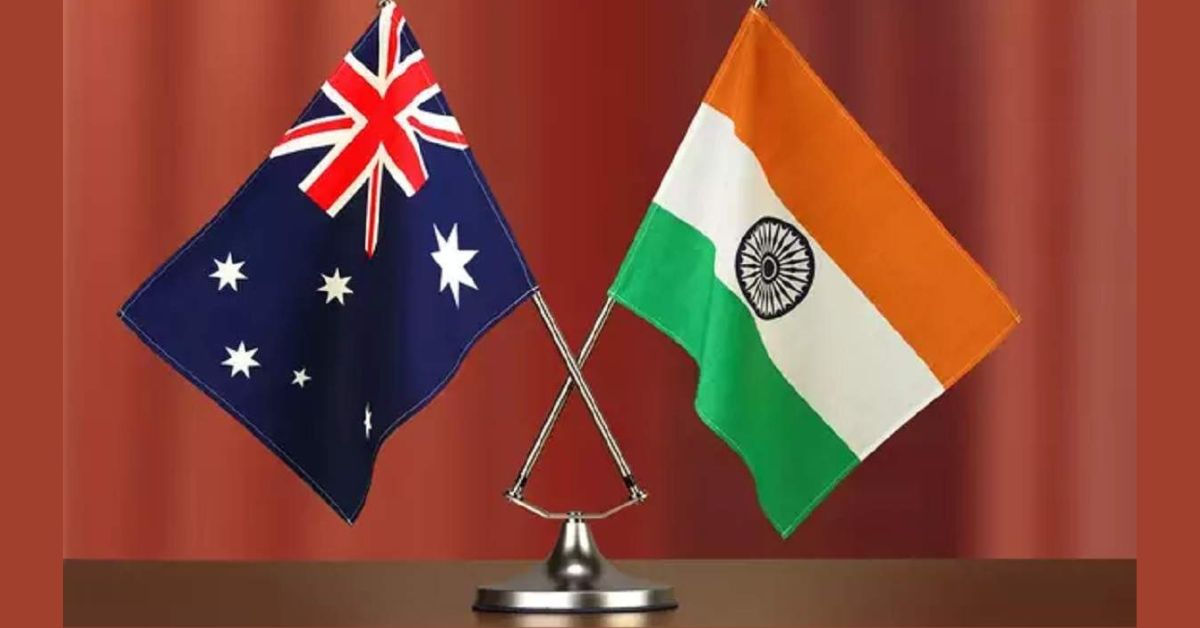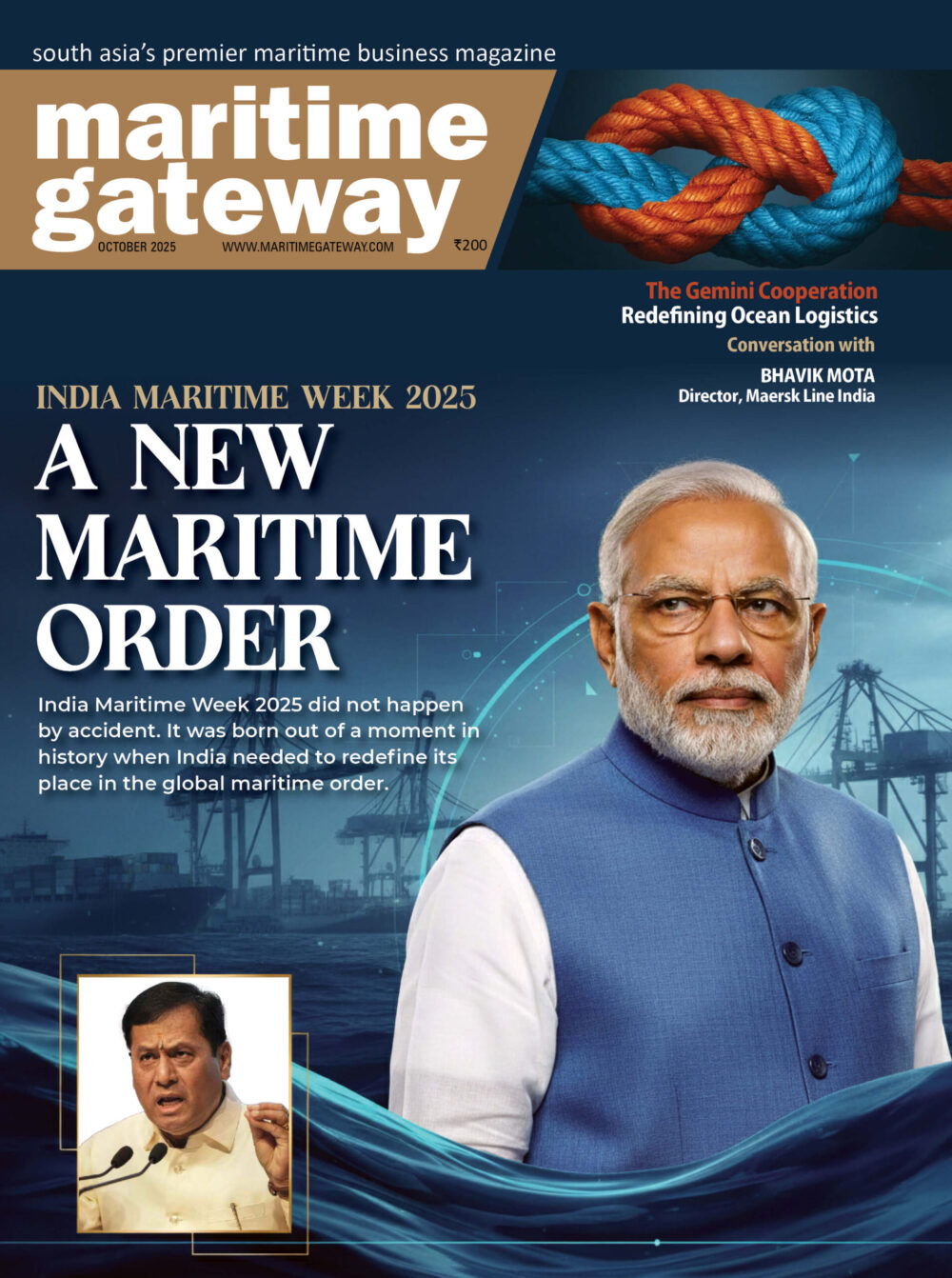To increase the sector’s exports, India is considering fortifying its services agreement with Australia through the planned compressive economic cooperation trade agreement (CECA).
The two nations are currently negotiating to broaden the scope of their December 2022 interim trade agreement in goods and services under CECA. Here, the next round of negotiations is anticipated to begin in December.
Service exports are expected to be worth 180 billion dollars in 2024, compared to 163.92 billion dollars in 2023. It was more than $340 billion in 2023–2024.
Although the nation has certain sensitivities over government procurement, India is also interested in this area.
With a merchandise trade of almost $24 billion in 2023–2024, Australia is one of India’s most significant trading partners in the Oceania area.
In the previous fiscal year, India’s imports totaled $16.15 billion, while its exports to Australia totaled $7.94 billion. Since 2021–2022, the two nations’ trade has been circling the $25 billion threshold.
The official added that the next round of negotiations between the Association of Southeast Asian Nations (Asean) negotiating teams will review the current Trade in Goods Agreement (AITIGA) here from November 19–22.
By 2025, the two parties hope to have the review negotiations concluded.
In 2009, the AITIGA was signed. Indian companies had long demanded that the AITIGA be reviewed.
India is pushing for a review of the accord to reduce impediments and misuse of the trade pact by foreign countries.
In the first full year of AITIGA’s existence, 2010–11, India’s trade imbalance with Asean was $4.98 billion; by 2023–24, it had grown to $38.4 billion.
Although origin regulations in and of itself are not a major worry, India is concerned about the growing integration of the supply chains of China and Asean nations over the last 15 years.
According to estimates, India’s percentage of exports to Asean remained at 10% during this time, while China’s part rose to 30% from 10% previously.
In addition to commerce, Chinese investments in Asean have grown as the country looks to leverage these nations to export to regions like the US and Europe, where direct exporting is becoming more and more challenging.









